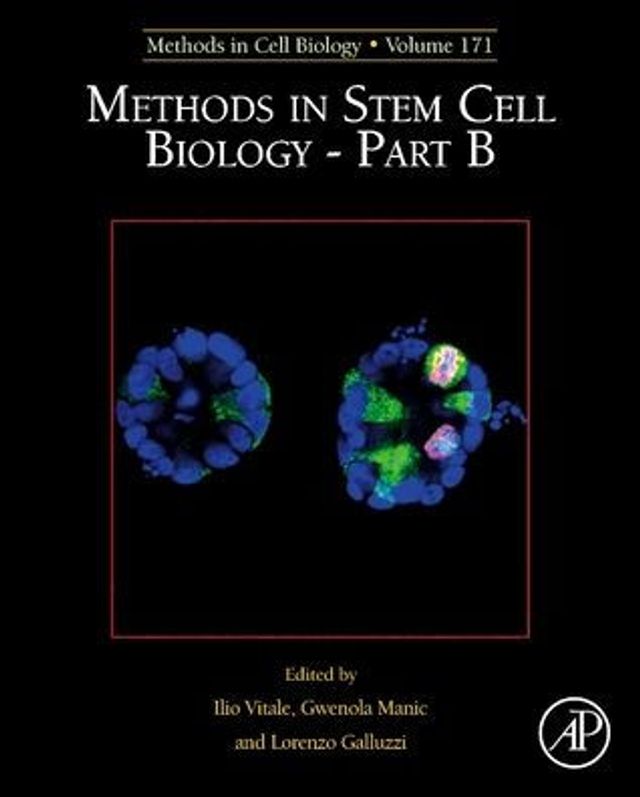Home
Multipotent Stem Cells of the Hair Follicle: Methods and Protocols
Loading Inventory...
Barnes and Noble
Multipotent Stem Cells of the Hair Follicle: Methods and Protocols
Current price: $119.00


Barnes and Noble
Multipotent Stem Cells of the Hair Follicle: Methods and Protocols
Current price: $119.00
Loading Inventory...
Size: OS
*Product Information may vary - to confirm product availability, pricing, and additional information please contact Barnes and Noble
This volume discusses methods for the study of multipotent and pluripotent stem cells of the hair follicle. The stem cells described are involved in both the growth of the hair follicle and its production of the hair shaft, as well as the growth of the hair follicle sensory nerve.
Multipotent Stem Cells of the Hair Follicle: Methods and Prools
also explores very unexpected results such as that of the hair follicle-associated-pluripotent (HAP) stem cells, which not only have the capability for regenerating the hair follicle sensory nerve, but also can differentiate ex vivo and in vivo to multiple cell types not associated with the hair follicle—these include glial cells, motor neurons, and beating cardiac muscle cells. The potential for HAP stem cells for regenerative medicine is also discussed in detail. Written in the highly successful
Methods in Molecular Biology
series format, chapters include introductions to their respective topics, lists of the necessary materials and reagents, step-by-step, readily reproducible laboratory prools, and tips on troubleshooting and avoiding known pitfalls.
Cutting-edge and thorough,
is a valuable resource for researchers interested in this field.
Multipotent Stem Cells of the Hair Follicle: Methods and Prools
also explores very unexpected results such as that of the hair follicle-associated-pluripotent (HAP) stem cells, which not only have the capability for regenerating the hair follicle sensory nerve, but also can differentiate ex vivo and in vivo to multiple cell types not associated with the hair follicle—these include glial cells, motor neurons, and beating cardiac muscle cells. The potential for HAP stem cells for regenerative medicine is also discussed in detail. Written in the highly successful
Methods in Molecular Biology
series format, chapters include introductions to their respective topics, lists of the necessary materials and reagents, step-by-step, readily reproducible laboratory prools, and tips on troubleshooting and avoiding known pitfalls.
Cutting-edge and thorough,
is a valuable resource for researchers interested in this field.


















